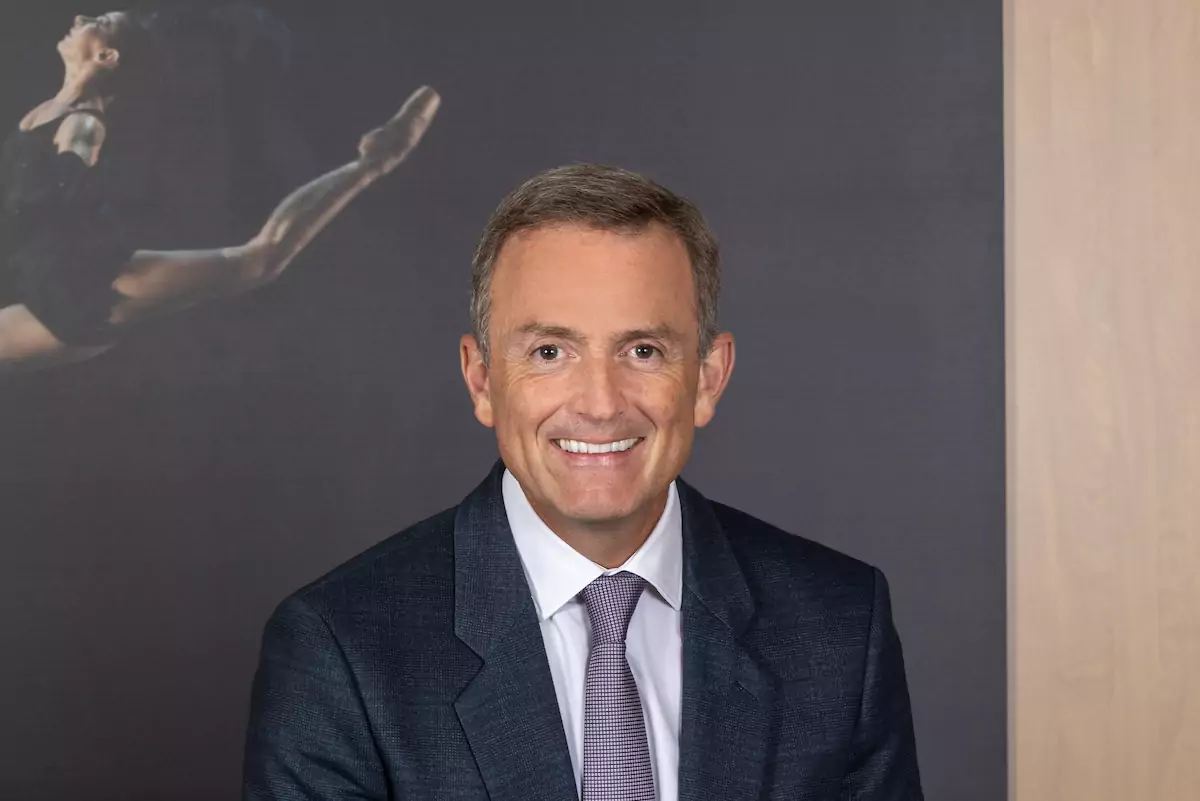As Monaco prepares to welcome leading scientists and financial experts to the Blue Economy and Finance Forum this weekend, CFM Indosuez is stepping into the spotlight—not just as the event’s principal sponsor, but as one of its committed players in ocean sustainability. With two-thirds of its clients based in the Principality, the century-old bank is uniquely placed to reshape how wealth is used to protect our seas.
“In 2020, we started a partnership with the Oceanographic Institute with the goal of evaluating how financial players can contribute to the blue economy,” CFM Indosuez CEO and Indosuez Group Deputy CEO Mathieu Ferragut told Monaco Life. “The blue economy is a broad concept that can be hard to define at times, but on our side, we consider it to be the economy surrounding seas, oceans, and coastal systems.”
“We often describe it as an economy that aims for growth while also embedding sustainability into its DNA. We were attracted to the idea of fostering economic growth while being sustainable, so we began collaborating with the Institute on various projects.”
From fisheries and aquaculture to biotechnology and maritime transport, CFM’s approach is wide-ranging. “We identified two ways to contribute: directly, by working with these sectors, and indirectly—by supporting innovation and startups and by raising awareness, which we do with the Oceanographic Institute. We’ve managed to build a bridge between their scientific expertise and our financial knowledge.”
Raising awareness, one investor at a time
CFM Indosuez is the oldest bank in the Principality, with a century of heritage and around 30% of its shareholders coming from local families. That local grounding informs much of the bank’s purpose. “We aim to help people become more familiar with the challenges facing our oceans and how we can develop more efficiently,” says Ferragut.
Together with its wealth management arm Indosuez, the bank is also the lead sponsor of the Blue Economy and Finance Forum, being held in Monaco on 7th and 8th June. “This serves both to show our commitment to the blue economy and to give us access to a broader ecosystem of experts—scientists, financial professionals, and organisations—so we can deepen our contributions in a practical way.”
CFM’s role extends beyond financing and investing. “Ultimately, they [clients] decide if they want to invest in related companies, but we aim to make them more aware,” he adds. “It’s not always easy, because the blue economy isn’t as visible as other parts of the sustainable economy that we’re more familiar with—like land-based projects.”
Financing change at every level
CFM Indosuez has played an active role in supporting the blue economy, financing infrastructure projects like the expansion of Monaco’s seawater heating and cooling systems, while also investing in research and education through initiatives such as the Oceanographic Institute’s Polar Mission exhibition. But while the bank is committed to driving sustainable change, its ability to do so at scale depends largely on the interest and engagement of its clients.
According to CEO Mathieu Ferragut, that interest is far from uniform. “Around 20% are not interested at all. Some even actively reject it, thinking sustainability is a fad or politically driven narrative. Another 10–20% are extremely committed. These clients are guided by principles and sometimes make decisions that aren’t economically rational but are based on their values. The remaining 50–60% are not fully aware. They’re unsure of the impact they can make or whether sustainable investment is worth it.”
What about returns? “Sometimes sustainable investments outperform, sometimes they don’t. It’s about making choices. You can’t always have everything—maximum impact and maximum performance at the same time.”
A unique bridge between science and capital
Regulatory challenges continue to affect impact measurement in the blue economy, says Ferragut, but CFM’s solution is a focused, transparent approach. “That’s why we’ve chosen to guide our clients toward very specific, clearly identified projects. Even if you can’t quantify the impact precisely, you know where your money is going.”
Ferragut offers a compelling example. “We support a project with the Scientific Centre of Monaco called the Coral Conservatory. Its goal is to identify coral species globally and preserve them in aquariums so they can be reproduced and reintroduced if they disappear. When a client invests in this, they know exactly what their investment supports. It’s a very concrete example of impactful investment in the blue economy.”
CFM Indosuez’s partnerships with scientific institutions, particularly the Oceanographic Institute of Monaco, demonstrate how financial players can move beyond rhetoric and into action—by enabling tangible projects and guiding clients toward more informed, impactful investment choices.
See also:
Monaco Life is produced by a team of real multi-media journalists writing original content. See more in our free newsletter, follow our Podcasts on Spotify, and check us out on Facebook, Instagram, LinkedIn and Tik Tok.
